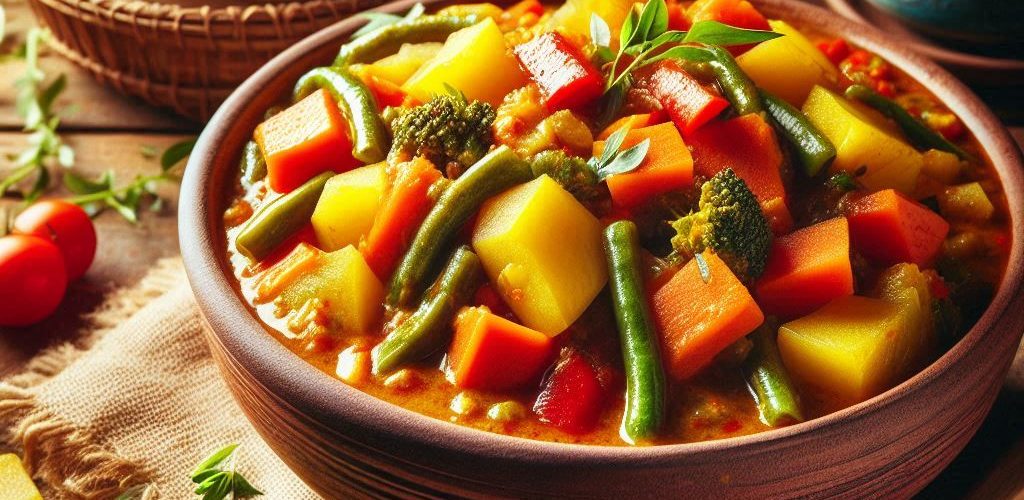Ethiopian cuisine is a vibrant tapestry of flavors, colors, and textures, with each dish telling a story of the country’s rich culture and history. Among the many culinary treasures of Ethiopia, Alicha stands out as a delightful mild curry stew, making it a perfect introduction to this unique cuisine for those who may be hesitant to try spicier dishes.
What is Alicha?
Alicha, often referred to as a mild curry stew, is characterized by its simplicity yet rich flavor. Unlike many other Ethiopian stews that boast a fiery heat, Alicha typically uses a blend of spices that are gentler on the palate. It can be made with a variety of ingredients, but it primarily features vegetables such as potatoes, carrots, and sometimes green beans or peas. The stew gets its signature flavor from a mix of turmeric, cumin, and sometimes ginger and garlic, creating a warm, inviting aroma that fills any kitchen.
Historical Context
In the context of Ethiopian culinary traditions, Alicha often holds significance during religious fasting periods, when people refrain from consuming animal products. It’s frequently prepared as part of a wider spread of dishes that may include lentils, greens, and injera—a sourdough flatbread that serves as both a plate and a utensil. The mildness of Alicha makes it an inclusive dish that can be enjoyed by many, from children to those who may not prefer spicy foods.
Ingredients and Preparation
The artistry of cooking Alicha lies in the careful selection and combination of fresh, wholesome ingredients. The base usually consists of chopped onions sautéed until golden brown, which forms the foundation of flavor. Traditionally, the cook adds garlic and ginger, followed by the key ingredient—turmeric—which gives the stew its vibrant golden hue.
To prepare Alicha, one starts by heating oil in a pot and then slowly cooking the onions until they caramelize. The garlic, ginger, and spices are added next, followed by the chopped vegetables. A splash of vegetable broth or water helps to create a stew-like consistency. The dish is then simmered until the vegetables are tender, allowing the flavors to meld beautifully.
For an added touch, some variations of Alicha may incorporate chickpeas or lentils to enhance protein content, making the dish even more filling.
Serving Suggestions
Alicha is typically served warm alongside injera, which is perfect for scooping up the stew. It can also be accompanied by a variety of other dishes, such as spicy lentil stews or sautéed greens, creating a colorful and flavorful feast. This communal style of dining promotes sharing and togetherness, which is a hallmark of Ethiopian culture.
If you’re looking for a way to enjoy authentic Ethiopian cuisine without overwhelming heat, Alicha is an excellent choice. Its mild flavor profile allows the unique spices to shine while remaining accessible to a wider audience.
Conclusion
In summary, Ethiopia Alicha embodies warmth, simplicity, and cultural significance in every bite. Its delightful combination of flavors presents a wonderful entry point into the world of Ethiopian cooking while demonstrating the importance of community and shared meals. So if you’re excited to try something new and delicious, Alicha may just be the perfect dish to explore!




Add comment